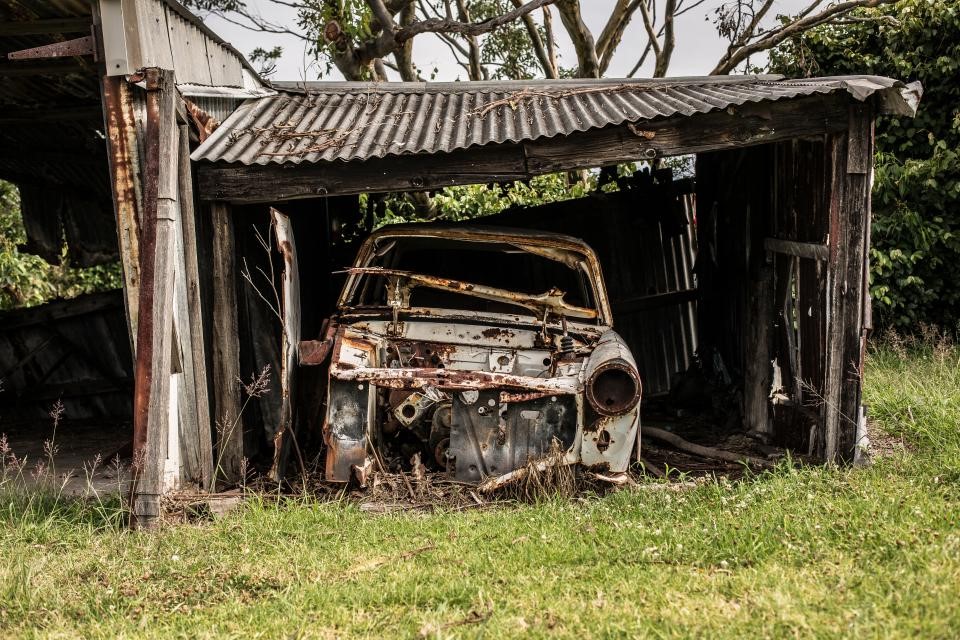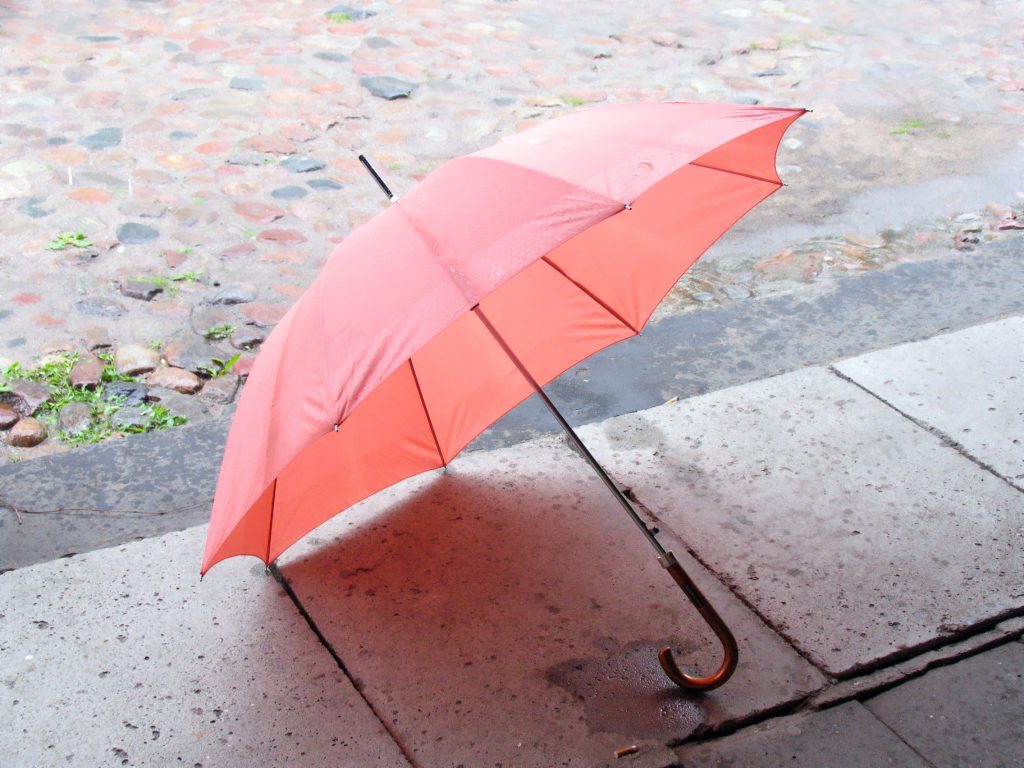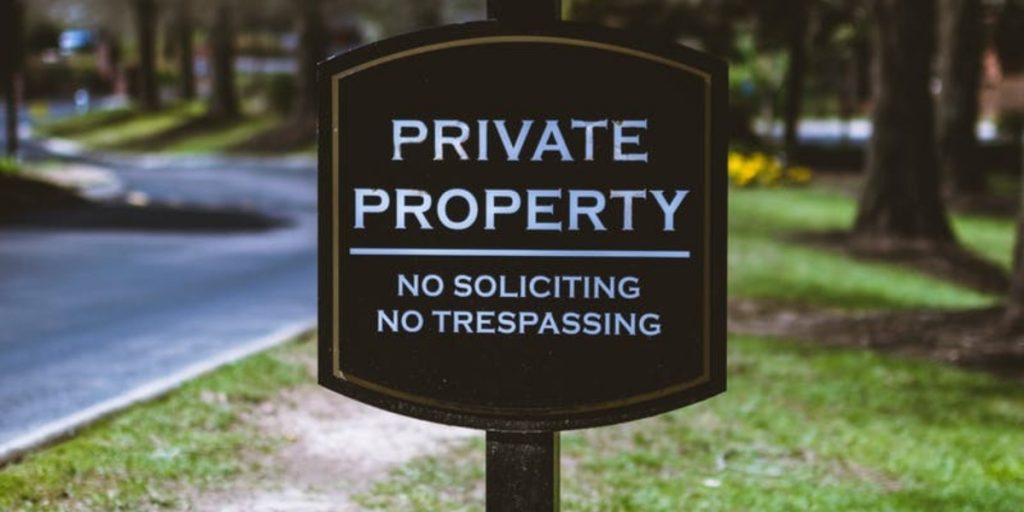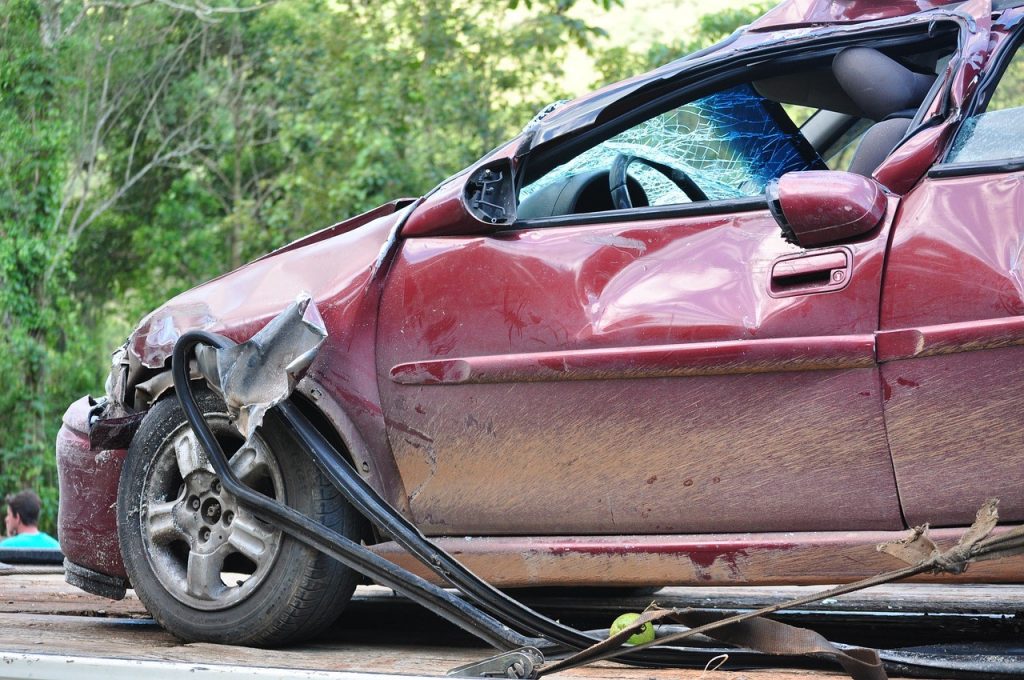 Waiting until the last minute to do almost anything is not recommended but it is especially true if you are seeking to bring a claim for damages. That is what some fishermen found out when they sought to bring claims under the Oil Pollution Act of 1990 (OPA) for damages that resulted from an oil spill. The oil spill came from a barge owned by American Commercial Airlines, LLC (ACL) that had been involved in a collision on the Mississippi River in the Port of New Orleans on July 23, 2008.
Waiting until the last minute to do almost anything is not recommended but it is especially true if you are seeking to bring a claim for damages. That is what some fishermen found out when they sought to bring claims under the Oil Pollution Act of 1990 (OPA) for damages that resulted from an oil spill. The oil spill came from a barge owned by American Commercial Airlines, LLC (ACL) that had been involved in a collision on the Mississippi River in the Port of New Orleans on July 23, 2008.
On July 25, 2011, the fishermen claimants filed an action against ACL in the United States District Court for the Eastern District of Louisiana. The district court denied ACL’s motion for summary judgment but certified to the United States Court of Appeals for the Fifth Circuit two issues of law regarding the requirements for proceeding under OPA. One issue was whether the claimants met the requirements when they did not personally sign the claim forms and did not provide specific requested items in support of their claims. The other issue was whether the claimants had to make a proper presentment at least 90 days before the three year limitation period ran out. The first issue pertained to all claimants but the second issue involved only those claimants who first presented their claims on or after July 22, 2011, because those claimants had not waited the 90 days after first presenting their claims to file an action in order to not be barred by the three year limitation period.
Individuals and entities harmed by an oil spill may file claims for damages under OPA. To promote settlement and avoid litigation, there are specific procedures under OPA that claimants must follow. See Johnson v. Colonial Pipeline Co. , 830 F. Supp. 309 (E.D. Va. 1993). Under OPA’s presentment requirement, claimants must first present their claims to the responsible party and then wait until that party denies all liability or until 90 days from the time of presentment have passed before filing an action against that party. See OPA, 33 U.S.C. § 2713 (2016).
 Louisiana Personal Injury Lawyer Blog
Louisiana Personal Injury Lawyer Blog


 Double jeopardy is not a television marathon featuring Alex Trebek, but protection against it is fundamental to the United States legal system. In the criminal justice system, double jeopardy means being put on trial for the same charge twice; the Fifth Amendment to the United States Constitution bans it.
Double jeopardy is not a television marathon featuring Alex Trebek, but protection against it is fundamental to the United States legal system. In the criminal justice system, double jeopardy means being put on trial for the same charge twice; the Fifth Amendment to the United States Constitution bans it.  Life deals some people a tough hand. For Geneva Fils, a Louisiana infant in the foster care system, a car crash and severe injuries followed by a lengthy lawsuit added to her list of problems.
Life deals some people a tough hand. For Geneva Fils, a Louisiana infant in the foster care system, a car crash and severe injuries followed by a lengthy lawsuit added to her list of problems.  One bad decision can lead to a huge legal headache. The combination of a chaotic atmosphere and alcohol makes bars the perfect storm for mistakes that can later lead to huge liability. In a recent case, a man who punched another patron at a Tangipahoa Parish bar appealed a default judgment that awarded the victim over $100,000 dollars for personal injury damages and medical expenses.
One bad decision can lead to a huge legal headache. The combination of a chaotic atmosphere and alcohol makes bars the perfect storm for mistakes that can later lead to huge liability. In a recent case, a man who punched another patron at a Tangipahoa Parish bar appealed a default judgment that awarded the victim over $100,000 dollars for personal injury damages and medical expenses. Determining liability when someone is injured on someone else’s property is a complex endeavor. One of the major factors is determining whether the injury resulted from an unreasonably dangerous condition.
Determining liability when someone is injured on someone else’s property is a complex endeavor. One of the major factors is determining whether the injury resulted from an unreasonably dangerous condition.  When an employee is in an accident while driving the company’s car, is the company’s insurer liable? Generally, an employer is liable for employee accidents when driving a company car for employment duties. This can be difficult to determine in situations such as when an employee is on call and operating a company car, when the employee drives the company car at night, or when the employee drives the car on a personal errand with passengers. An accident involving St. Tammany Parish helped shed light on these issues.
When an employee is in an accident while driving the company’s car, is the company’s insurer liable? Generally, an employer is liable for employee accidents when driving a company car for employment duties. This can be difficult to determine in situations such as when an employee is on call and operating a company car, when the employee drives the company car at night, or when the employee drives the car on a personal errand with passengers. An accident involving St. Tammany Parish helped shed light on these issues.  Generally, individuals expect that when on the premises of a public entity, the land has been safely maintained and there is a low risk of becoming injured. If an individual did become injured, he or she would expect to be reasonably compensated for any injuries. However, in Louisiana, premises liability law differs from the law that is applied when suing a private landowner. As this case shows, establishing that a defect causes an unreasonable risk of harm is a difficult obstacle to overcome when suing a public entity and can leave injured parties with no compensation for their injuries.
Generally, individuals expect that when on the premises of a public entity, the land has been safely maintained and there is a low risk of becoming injured. If an individual did become injured, he or she would expect to be reasonably compensated for any injuries. However, in Louisiana, premises liability law differs from the law that is applied when suing a private landowner. As this case shows, establishing that a defect causes an unreasonable risk of harm is a difficult obstacle to overcome when suing a public entity and can leave injured parties with no compensation for their injuries. While many steps may be taken to prevent accidents, most are, unfortunately, unpredictable. For many people, automobile insurance is the silver lining to unforeseeable car accidents. However, the type of insurance policy you have can determine how much of the accident is covered, if it is covered at all, so it is important to understand exactly what you sign up for and always double check for changes. This issue was explored in a case brought to the Twenty-Fourth Judicial District Court for the Parish of Jefferson.
While many steps may be taken to prevent accidents, most are, unfortunately, unpredictable. For many people, automobile insurance is the silver lining to unforeseeable car accidents. However, the type of insurance policy you have can determine how much of the accident is covered, if it is covered at all, so it is important to understand exactly what you sign up for and always double check for changes. This issue was explored in a case brought to the Twenty-Fourth Judicial District Court for the Parish of Jefferson.  Zoning issues can seemingly arise out of nowhere and affect the way you choose to use your property. It is important to stay up to date with local zoning ordinances and have a good lawyer to guide you with upcoming projects or changes that may be affected. It is equally important to also be aware of what happens when zoning changes do affect, and even cancel, these projects. The Fifth Circuit Court of Appeal for the State of Louisiana addressed this issue when a Terrytown, Louisiana property was rezoned by the Jefferson Parish Council on December 12, 2007.
Zoning issues can seemingly arise out of nowhere and affect the way you choose to use your property. It is important to stay up to date with local zoning ordinances and have a good lawyer to guide you with upcoming projects or changes that may be affected. It is equally important to also be aware of what happens when zoning changes do affect, and even cancel, these projects. The Fifth Circuit Court of Appeal for the State of Louisiana addressed this issue when a Terrytown, Louisiana property was rezoned by the Jefferson Parish Council on December 12, 2007. The loss of loved ones is never easy, especially when they are taken away in sudden, unexpected ways. Though there is no dollar value that can replace human beings, monetary damages are a form of recovery in cases of wrongful death. Sometimes the steps to that recovery can be difficult, especially when insurance is involved. This issue was explored in a wrongful death action brought to the Twenty-Ninth Judicial District Court in St. Charles Parish.
The loss of loved ones is never easy, especially when they are taken away in sudden, unexpected ways. Though there is no dollar value that can replace human beings, monetary damages are a form of recovery in cases of wrongful death. Sometimes the steps to that recovery can be difficult, especially when insurance is involved. This issue was explored in a wrongful death action brought to the Twenty-Ninth Judicial District Court in St. Charles Parish.